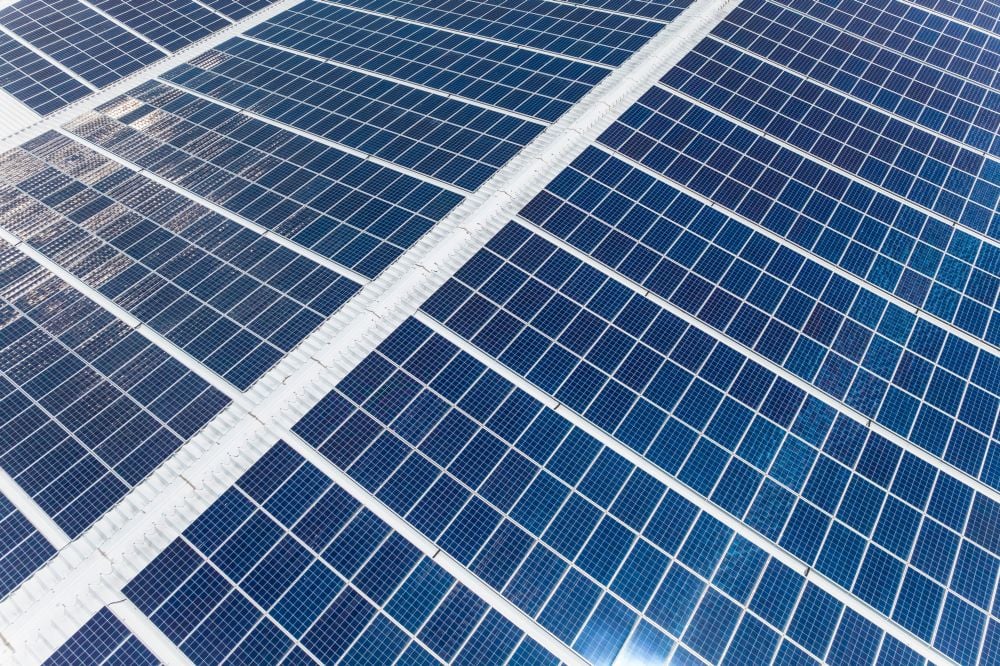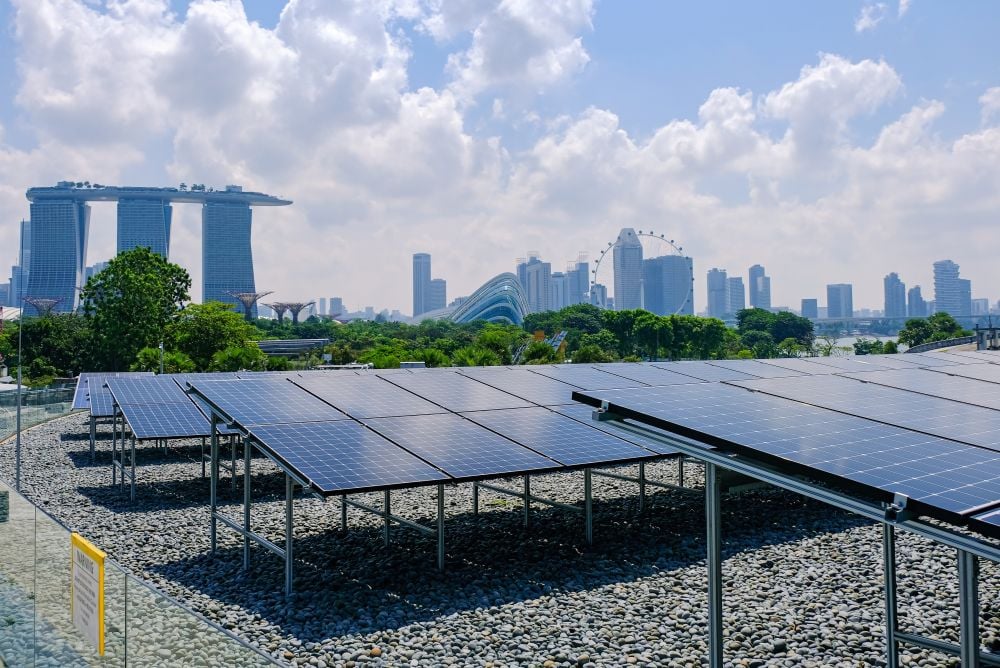Based on the growing number of issuances, green bonds are becoming more popular in Asia, but so too are environmental, social and governance (ESG)-linked loans.
Also known as “green loans” or “sustainability-linked loans”, they are starting to gain attention because they are perceived to offer more flexibility for chief financial officers (CFOs) and corporate treasurers.
While both green bonds and ESG-linked loans are designed to raise finance by leveraging on the issuer/borrower’s ESG credentials, the main difference between the two products is how their proceeds are used. Green bonds are structured for financing specific ESG projects, whereas green loans can be used for general corporate purposes.
For example, in the case of AC Energy, the energy platform of the Philippine-based Ayala Corporation, the proceeds of its US$410 million green bond issue will be used exclusively for financing the AC Energy’s renewable energy projects in the region.
On the other hand, the proceeds of the S$300 million (US$221.55 million) multi-currency sustainability-linked loan of Singapore’s CapitaLand from DBS Bank (DBS) will be used for general corporate purposes.
Another main difference is also that green bonds have fixed-interest rates, while green loans have more flexible interest rates.
“ESG-linked loans are garnering increasing attention among sustainability-focused lenders, CFOs and corporate treasurers as an innovative financing instrument that enables companies to leverage their sustainability performance to secure favourable financing conditions and greater flexibility,” says Edoardo Gai, head of ESG benchmarking, RobecoSAM, in a report where he spoke with Andrew Lim, group chief financial officer, CapitaLand Group.
In the same report, Lim admitted that a sustainability-linked loan extends beyond the conventional concept of being “green” or attaining a green rating. “With this sustainability-linked loan, CapitaLand has the flexibility to use the money obtained for general corporate purposes, whereas the proceeds from green loans or bonds must be used to fund specific projects.”
In terms of structure, of the most recent green bonds that were issued in the region in the fourth quarter of 2018, four involved large-ticket items of at least US$100 million and participation by multilateral institutions, particularly, the Asian Development Bank (ADB) and the International Finance Corporation (IFC).
ADB and IFC participation allows issuers to secure better pricing than they would otherwise be possible without the support of multilaterals.
Green bond issues that have recently benefited from the ADB and IFC participation are: AC Energy’s US$410 billion issue, of which the IFC was the anchor investor; Thailand’s B. Grim Power amounting to five billion baht (US$155 million), of which ADB was the sole investor; the Indonesian government’s two trillion rupiah (US$134 million) Komodo green bonds, in which IFC was a principal investor; and the ADB’s US$750 million green bond issue.
There are green bond issues that did not involve ADB or IFC, for example, the US$2 billion green bond issue by New World China Land Limited. However, it could be argued these two institutions play a pivotal role in the issuance of green bonds in the region, and that without them the pricing for some issues would be more expensive.
But for corporates who want to secure green finance but do not require such huge amounts of capital, possess neither projects to finance nor a need for fixed-income assets, green loans offer an alternative option.
“Not all companies can or want to issue debt securities, or have specific projects to finance. This is where the second option, green lending may help. Through ‘sustainability-linked loans’ or ‘positive impact loans’, borrowers can access general liquidity lending with terms linked to corporate progress on sustainability,” says Cecile Moitry, director of sustainable finance and investment at BNP Paribas Corporate and Institutional Banking (CIB), in a report.
Moitry says that today's green loans are more holistic. “Companies are typically offered ‘standard’ pricing, built around normal risk and credit parameters. Specific key performance indicators (KPIs) are then added to the loan contract. Companies receive a discount as targets are reached. If targets are missed, they pay a premium.”
According to Dealogic, Asian green bond issuance reached US$43.4 billion in 2017, accounting for 36% of global volume (up from less than 10% in 2015). The year 2018 saw issuance from Australia, China, Hong Kong, India, Indonesia, Japan, Malaysia, Singapore, South Korea, Taiwan, and The Philippines, including many debut issuers.









